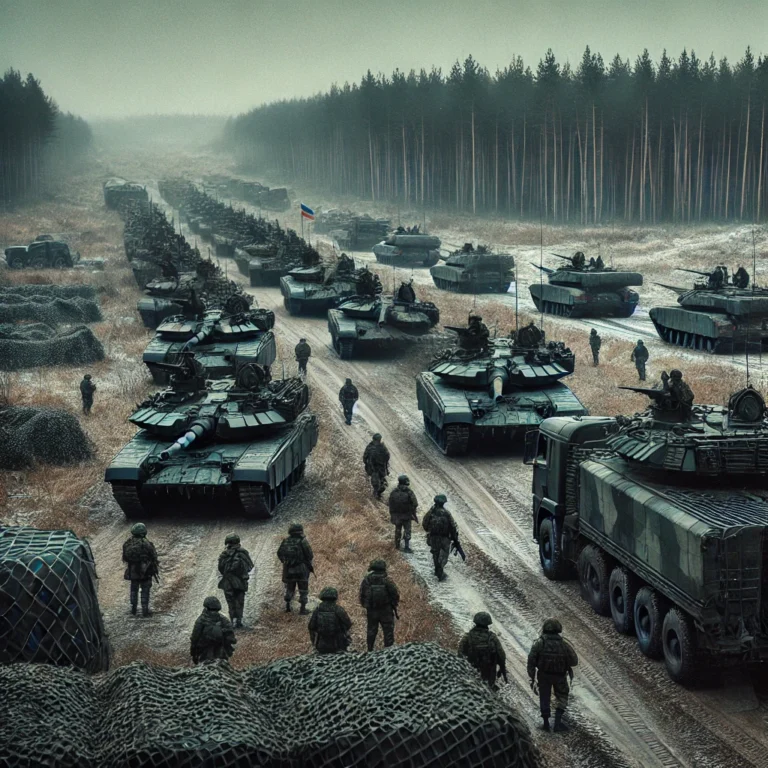Crown Prince Christian of Denmark, the eldest son of Crown Prince Frederik and Crown Princess Mary, recently caught the public’s attention—not for his royal duties, but for a very ordinary teenage moment. During a recent visit to a music festival, the young prince showed a side of himself that made him even more endearing in the eyes of many.
The Visit to the Music Festival
Crown Prince Christian attended the Roskilde Festival, one of Denmark’s largest music festivals, alongside his friends. Dressed casually in a t-shirt and sunglasses, he blended seamlessly with the other festival-goers. What made this moment so special was how he carried himself: he was just another young person enjoying the music and the festival atmosphere. There was no grand security entourage, no aloof demeanor—Christian danced, laughed, and sang along with the crowd, just like any other teenager.
A Prince Who Wins Hearts
Through his authentic and down-to-earth behavior, Crown Prince Christian won the hearts of many Danes. Although he bears the responsibility of being a future king, this appearance showed that he also appreciates the simple pleasures of life and isn’t above sharing these moments with the public. Many festival attendees later shared their delight in seeing how “normal” and approachable the Crown Prince was. It was a moment that demonstrated his relatability, despite his royal lineage.
A New Kind of Heir
In recent years, Crown Prince Christian has repeatedly shown that he is aware of the modern expectations placed on a future monarch. His appearance at the Roskilde Festival is another example of how he bridges the gap between royal tradition and the contemporary world. Christian represents a new kind of heir: one who respects the old values but also understands the changes and needs of today’s society.
Conclusion
Crown Prince Christian’s visit to the music festival demonstrated that he is not only following in his father’s footsteps but also carving out his own, likable path. His relaxed demeanor and grounded nature have brought him even closer to the Danish people and proved that he is ready to embrace a modern and approachable role as a future king. It is this combination of royal responsibility and youthful spontaneity that makes Crown Prince Christian so special and relatable.













